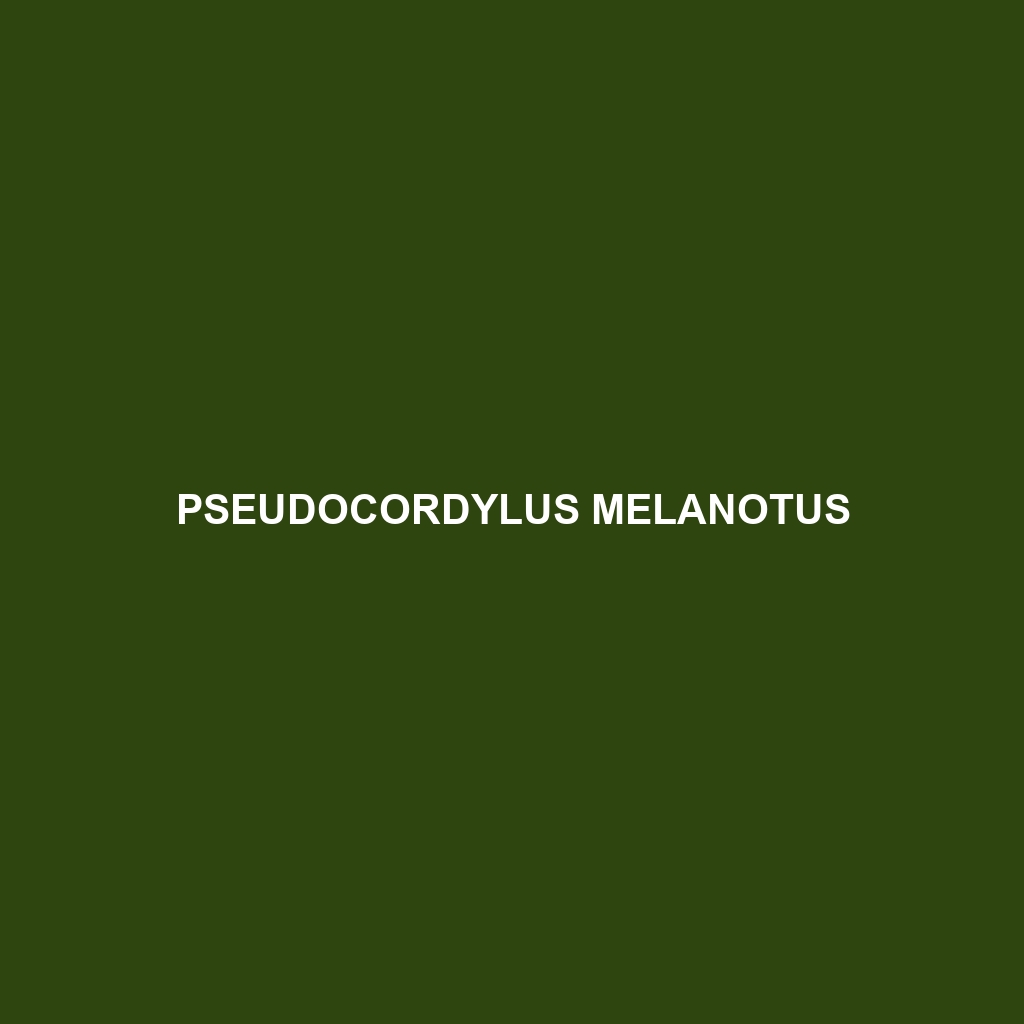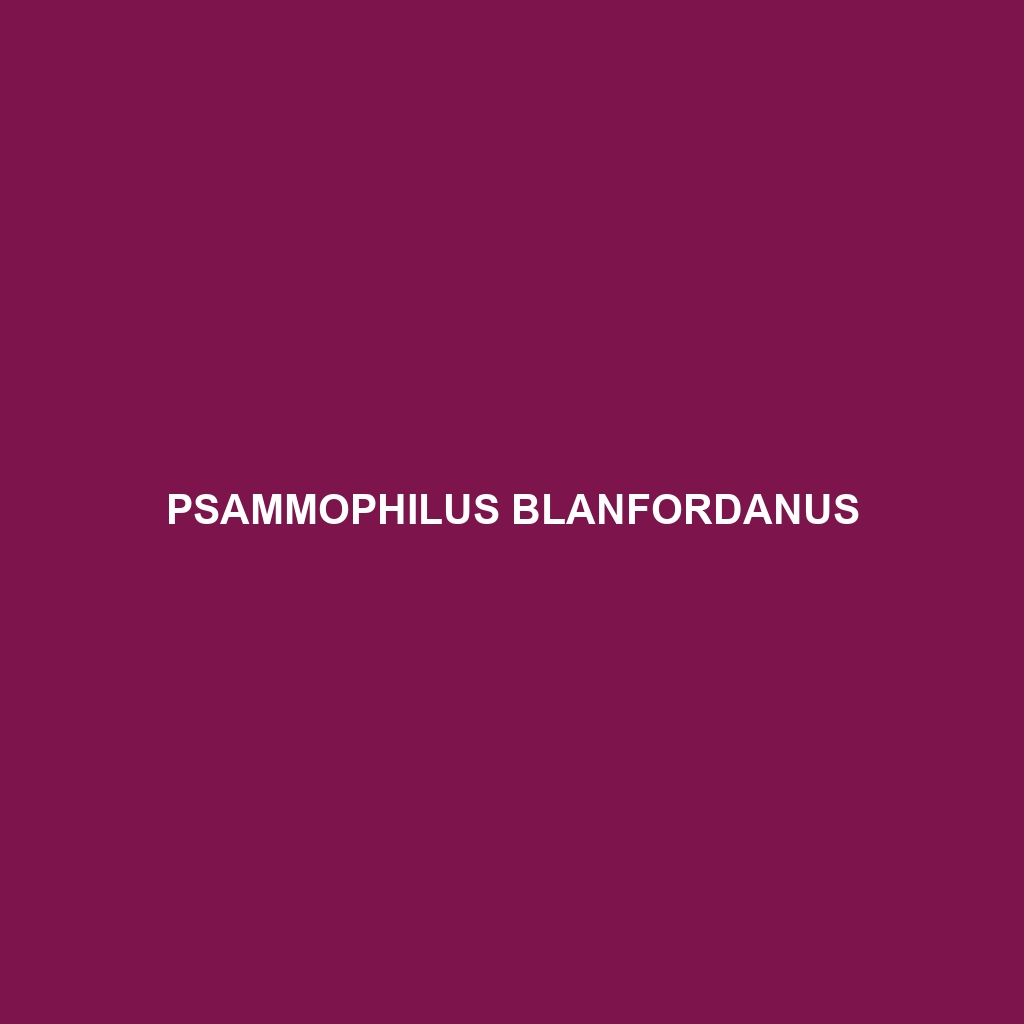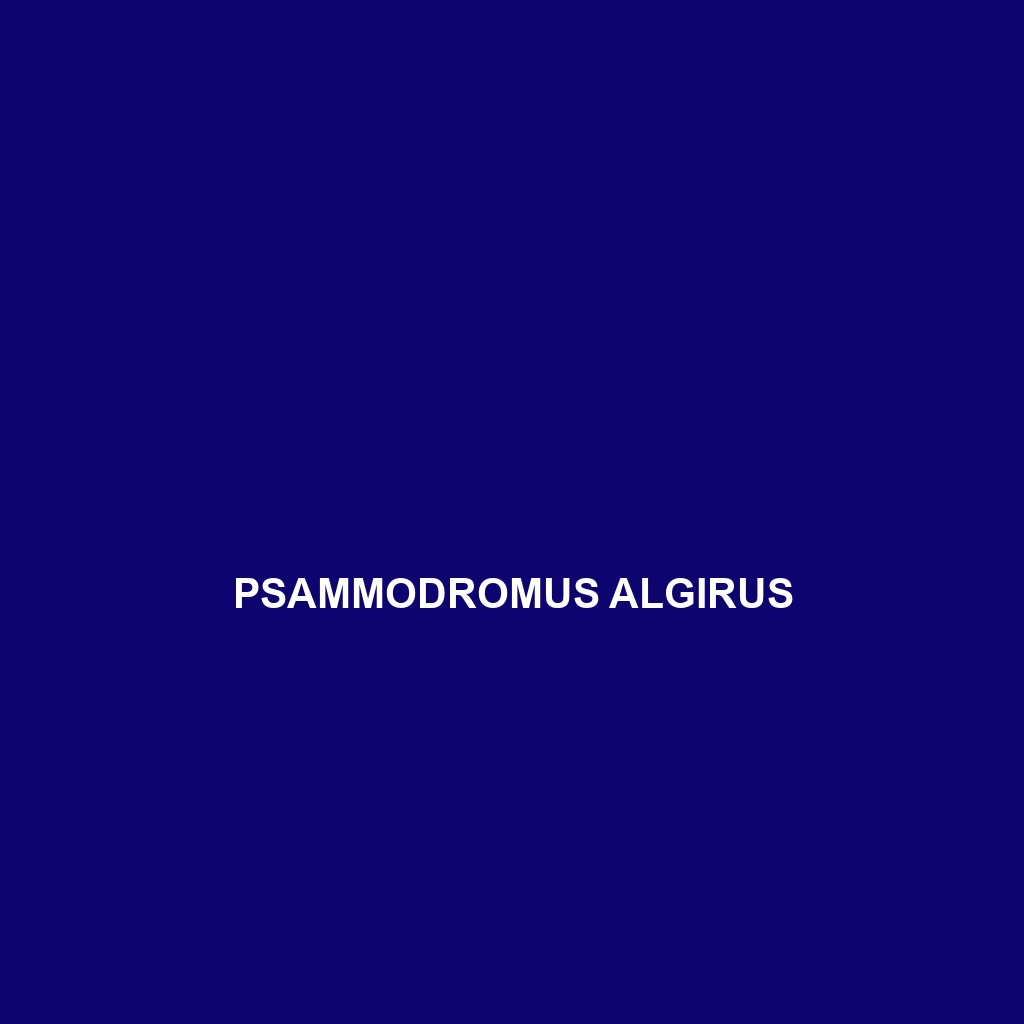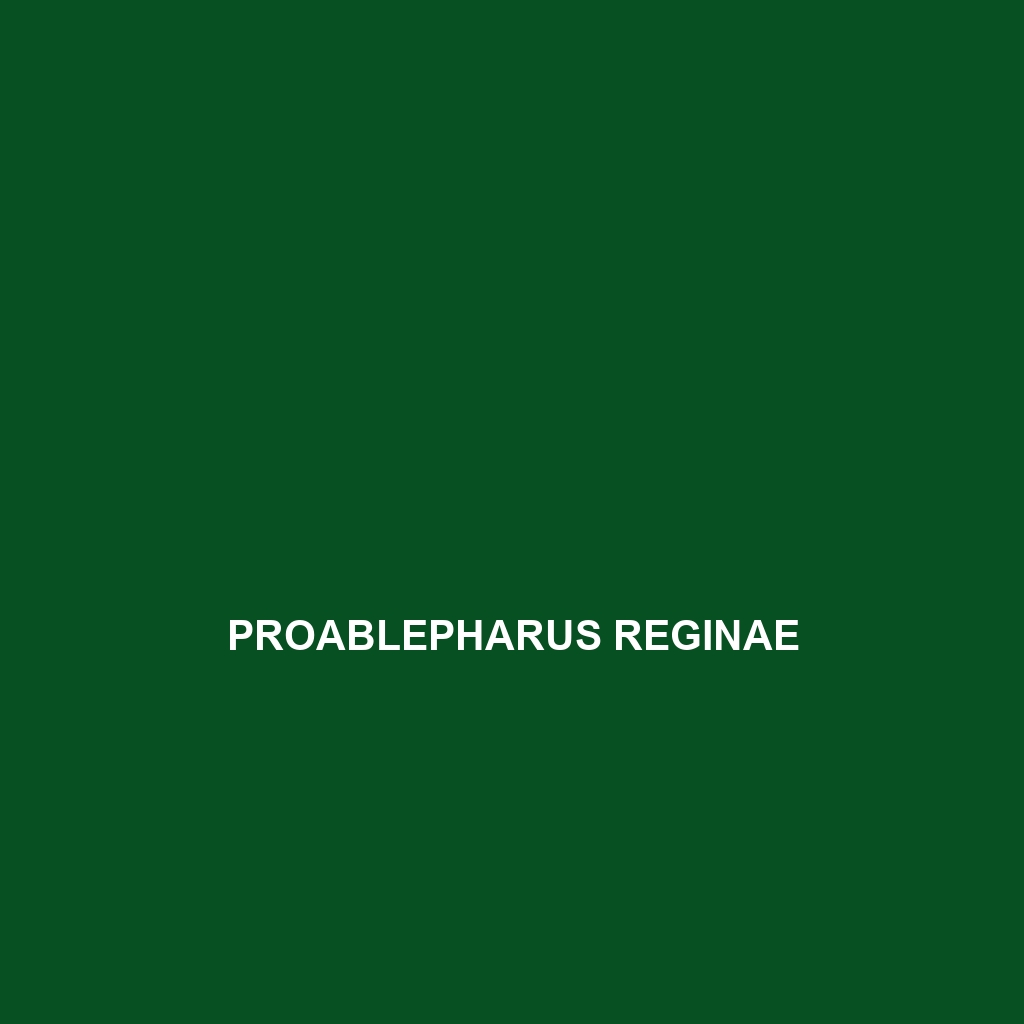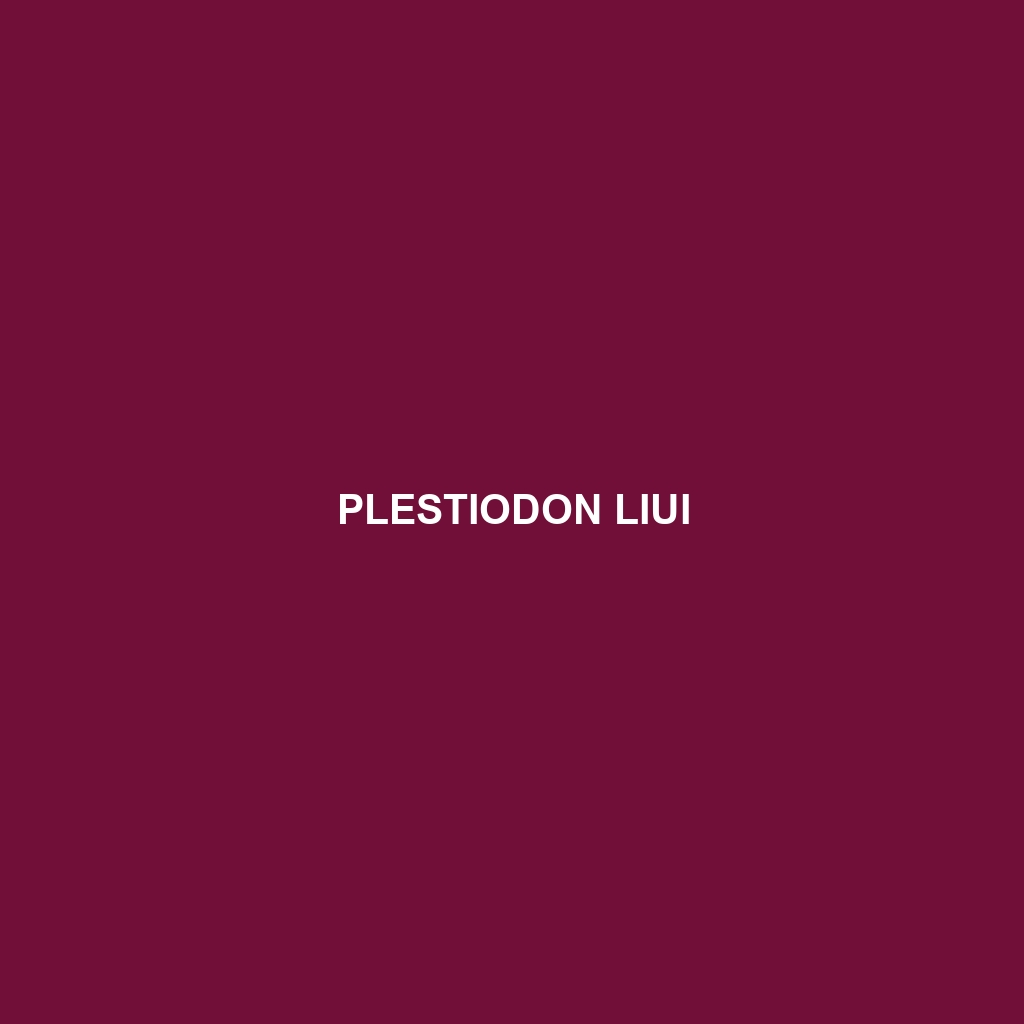<p><b>Pseudocordylus melanotus</b>, commonly known as the black girdled lizard, is a robust insectivore found in southern Africa's diverse habitats, featuring distinctive dark skin with bright patterns. This diurnal lizard showcases fascinating behaviors, including territorial displays during breeding, and plays a vital role in its ecosystem by controlling insect populations and serving as prey for larger predators.</p> </div>
Tag: diurnal lizard
Pseudocalotes jingpo
<b>Pseudocalotes jingpo</b>, also known as the Jingpo lizard, is a vibrant insectivorous species native to the tropical rainforests of Southeast Asia, characterized by its impressive color-changing abilities and agile climbing skills. This moderate-sized lizard plays a crucial role in its ecosystem by regulating pest populations and contributing to plant diversity through seed dispersal.
Pseudocalotes flavigula
Introducing the Pseudocalotes flavigula, a stunning Southeast Asian lizard known for its distinctive yellow throat and elongated, slender body reaching up to 30 cm. This diurnal insectivore thrives in tropical rainforests, showcasing unique social behaviors and vital roles in maintaining ecological balance.
Psammophilus blanfordanus
<strong>Blanford's Rock Lizard (Psammophilus blanfordanus)</strong> is a slender, carnivorous lizard found in temperate forests and savannas of India and Nepal. This diurnal species, measuring 15 to 20 cm, adapts well to rocky environments, showcasing vibrant coloration that aids in camouflage and an important role in regulating insect populations.
Psammodromus algirus
<strong>Psammodromus algirus</strong>, or the Algerian Sand Racer, is a small, agile lizard native to the Mediterranean region, thriving in sandy habitats with well-drained soils. Known for its striking coloration and diurnal behavior, this insectivorous species plays a crucial role in controlling insect populations and serves as a significant indicator of ecological balance.
Proablepharus reginae
<p><b>Proablepharus reginae</b>, also known as the Royal Skink, is an elongated lizard native to the rainforests and temperate forests of northern Australia and New Guinea. Featuring an iridescent olive-green to brown coloration and reaching lengths of 15 to 25 cm, this agile insectivore plays a crucial role in its ecosystem by helping to control pest populations while exhibiting unique adaptations such as tail autotomy for predator evasion.</p>
Podarcis galerai
<p>The <b>Podarcis galerai</b>, or Galera's wall lizard, is a small to medium-sized insectivore found in Mediterranean habitats, characterized by its slender body, vibrant coloration, and fascinating behaviors, including territorial displays and diurnal activity. This species plays a crucial role in controlling insect populations and serves as a vital link in its ecosystem.</p>
Plestiodon obsoletus
The Plestiodon obsoletus, commonly known as the eastern skink, is a medium-sized lizard measuring 7 to 9 inches, characterized by its glossy scales, distinctive body stripe, and adaptability to various habitats across the eastern United States. A primarily insectivorous species, it plays a crucial role in controlling pest populations while exhibiting fascinating behaviors such as tail regeneration and social basking.
Plestiodon liui
<b>Plestiodon liui</b>, a medium-sized lizard found in the temperate forests of eastern Asia, exhibits vibrant coloration and unique behaviors such as autotomy. Primarily insectivorous, this species plays a crucial role in its ecosystem by controlling insect populations and serving as prey for various predators.
Plestiodon coreensis
Discover the Korean skink (Plestiodon coreensis), a medium-sized lizard found in the temperate forests and grasslands of South Korea. With a slender body, smooth shiny skin, and a diet primarily consisting of insects, this diurnal species plays a crucial role in maintaining ecological balance.
